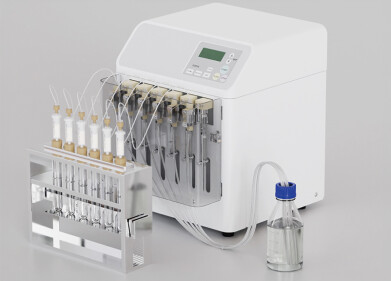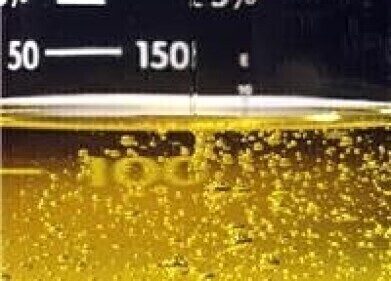Solid phase extraction (SPE)
visionCATS 2.0 – new software for qualitative and quantitative HPTLC analysis
May 27 2015
visionCATS stands for ease of use and intuitive simplicity. The software organises the workflow of HPTLC and controls all involved CAMAG instruments. The easy-to-navigate user interface guides effectively through the chromatographic process - from analysis definition to analysis reporting.
As state-of-the-art software, visionCATS is based on a client-server system offering enormous flexibility to the number of instruments and users that are working together and enabling access to the same data for all members of a work group. The sample-oriented approach allows for creating virtual plates from tracks originating from different plates, for example, batch-to-batch comparison or long-term stability testing. With visionCATS relevant samples can be located easier and faster than ever: a powerful search tool and a file explorer that includes extended preview functionalities enable highly comfortable search for samples, methods, and analysis files.
Controlled by visionCATS, the CAMAG TLC Visualiser can generate low-noise, high-dynamic-range images (HDRI). With the fully integrated Image Comparison Viewer tracks originating from the same or different plates and/or different detection modes can be compared on the same screen side by side, independent of their plate origin. The comprehensive set of Image Enhancement Tools exploits the TLC Visualiser’s full potential. Images are automatically captured based on an optimised control of the illumination and parameters specified in the HPTLC method. Sophisticated algorithms guarantee highest image quality for identification of even the weakest zones.
visionCATS controls the CAMAG TLC Scanner 3 / TLC Scanner 4 and enables quantitative evaluation of the generated densitometric data. To determine the substance concentration in a sample after densitometric analysis, five different quantification functions (for example, linear and polynomial regression modes) are available. Several scanning steps and up to five different evaluations can be performed in one analysis file. Each scanning step may contain a single wavelength scan, a scan at multiple wavelengths with up to 31 selected wavelengths or a combination of measurements in absorption and fluorescence detection mode.
For analysts using HPTLC for identification of botanicals and herbal drugs, visionCATS offers break through support with a Method Library for seamless import of validated methods. Licensed users can download library files and import them into their own database.
visionCATS supports compliance with cGMP/GLP and 21 CFR Part 11.
Click here to download a fully functional 60-day trial version of visionCATS.
Events
Jan 20 2025 Amsterdam, Netherlands
Feb 03 2025 Dubai, UAE
Feb 05 2025 Guangzhou, China
Mar 01 2025 Boston, MA, USA
Mar 04 2025 Berlin, Germany













